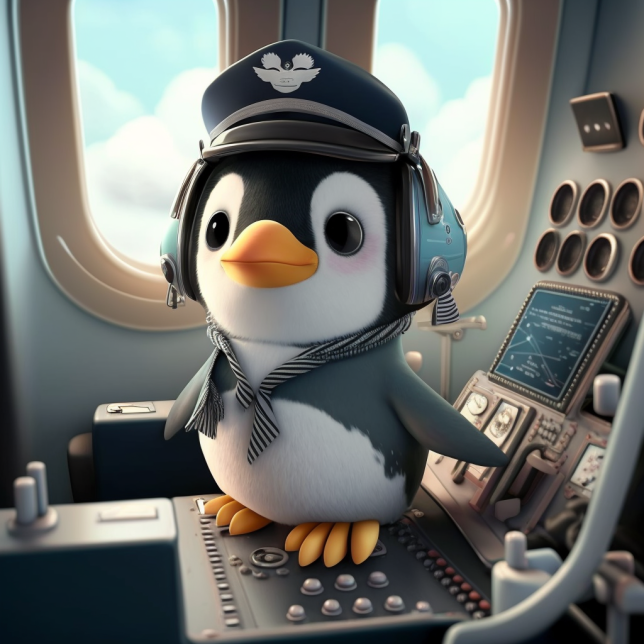Aviation law is the body of rules, treaties, conventions, and regulations that govern the operation, safety, security, and economic aspects of air transport. It spans both public and private law, covering international agreements such as the Chicago Convention of 1944, regional frameworks like the European Union’s EASA regulations, and national laws administered by authorities such as the FAA in the United States. This legal ecosystem ensures that aircraft design, pilot licensing, air traffic management, environmental impact, and airline commercial practices all meet standardized safety and operational criteria, enabling seamless cross-border air travel.
At the international level, the cornerstone of aviation law is the Convention on International Civil Aviation, commonly called the Chicago Convention, which established the International Civil Aviation Organization (ICAO) in 1947. ICAO develops Standards and Recommended Practices (SARPs) that set global benchmarks for air navigation, aircraft certification, accident investigation, and more. Member states incorporate these SARPs into their domestic regulations, creating a unified framework that balances national sovereignty over airspace with the need for harmonized international operations.
Regional bodies add another layer of complexity. In Europe, the European Union Aviation Safety Agency (EASA) issues regulations that apply directly to member states, covering aircraft certification, air operations, and maintenance standards. EASA’s rules often exceed ICAO SARPs in detail and stringency, reflecting regional policy priorities such as environmental protection and passenger rights. Airlines and operators flying within or into the EU must comply with these regulations, while EU-certified aircraft benefit from mutual recognition among member states.
National authorities implement ICAO and regional rules within their jurisdictions and create additional laws for areas outside ICAO’s scope. In the United States, the Federal Aviation Regulations (FARs) codify rules on pilot training, aircraft airworthiness, air traffic procedures, drug and alcohol testing, and economic licensing. The FAA enforces these regulations through inspections, enforcement actions, and certification processes. Other countries follow similar structures, often naming their regulations under civil aviation acts or air navigation acts.
Aviation law also addresses economic regulation and competition. Bilateral air services agreements between states define traffic rights, ownership requirements, and airline partnership rules, shaping international route networks. Antitrust laws and cabotage restrictions determine whether foreign airlines can carry domestic traffic and how airlines may coordinate fares and schedules. Consumer protection laws ensure passenger rights in cases of delay, cancellation, and injury, often enforced by national aviation agencies with varying thresholds and remedies.
Environmental regulations are an increasingly important component of aviation law. ICAO’s Carbon Offsetting and Reduction Scheme for International Aviation (CORSIA) sets mandatory carbon offset requirements for international flights, while national and regional rules target noise pollution, emissions standards, and sustainable aviation fuel incentives. Airlines and manufacturers must navigate these legal mandates alongside safety and economic regulations.
Safety oversight relies on accident investigation frameworks established under ICAO Annex 13. Independent accident investigation bodies analyze incidents and accidents to determine causes and recommend safety improvements. Their findings influence new safety regulations, aircraft design modifications, and operational procedures that feed back into the regulatory system. Transparency in investigation processes and protection of investigators from liability ensure that safety lessons are shared without fear of legal repercussions.
Security regulations focus on preventing unlawful interference, terrorism, and cybersecurity threats. The Aviation Security Act in various countries mandates passenger and baggage screening, aircraft hardening measures, crew background checks, and information-sharing protocols among security agencies. Cybersecurity guidelines address the protection of aircraft systems, air traffic control networks, and passenger data from hacking and other digital threats.
Pilot and crew licensing, aircraft registration, leasing agreements, insurance requirements, and maintenance contracts are all governed by legal frameworks that allocate responsibilities, liabilities, and operational limitations. Lease agreements specify maintenance and insurance obligations between lessor and lessee, while insurance policies define hull and liability coverage for third-party risks. Maintenance and repair organizations must hold approval certificates and follow quality management systems mandated by regulators.
Emerging technologies create new legal challenges that extend aviation law’s scope. Unmanned aerial vehicles (UAVs) or drones require definitions, airspace integration rules, and privacy protections. Urban air mobility and electric vertical takeoff and landing (eVTOL) aircraft introduce noise, infrastructure, and safety considerations that existing regulations must adapt to. Autonomous flight systems and artificial intelligence applications demand updated certification standards and liability frameworks.
For legal practitioners, operators, and aviation professionals, mastering aviation law requires understanding the multilayered structure of international treaties, regional regulations, and national statutes. It also involves staying current with ICAO amendments, regulatory agency rulings, and industry best practices. This dynamic field blends technical expertise with legal acumen, ensuring that the global aviation system remains safe, efficient, and sustainable in the face of evolving challenges.

